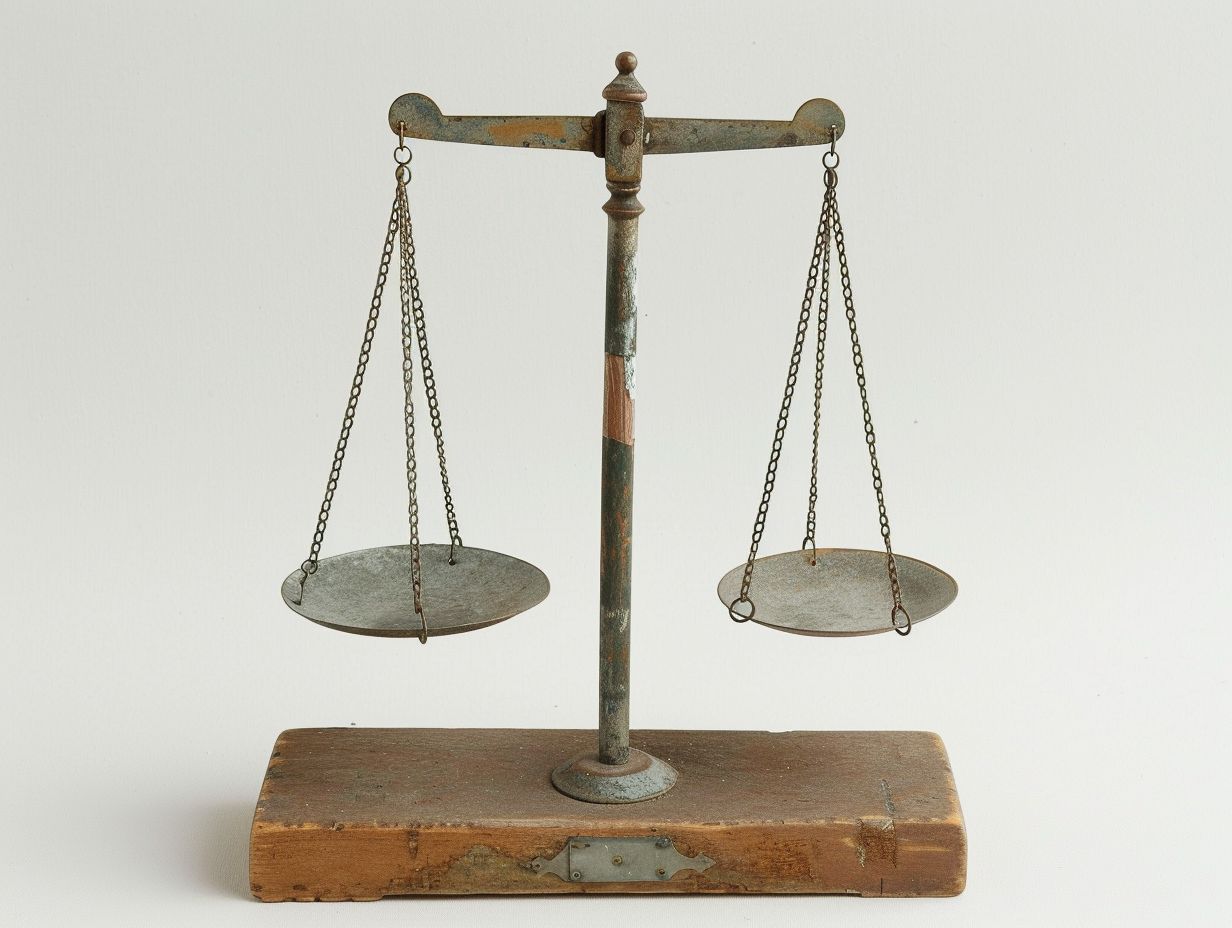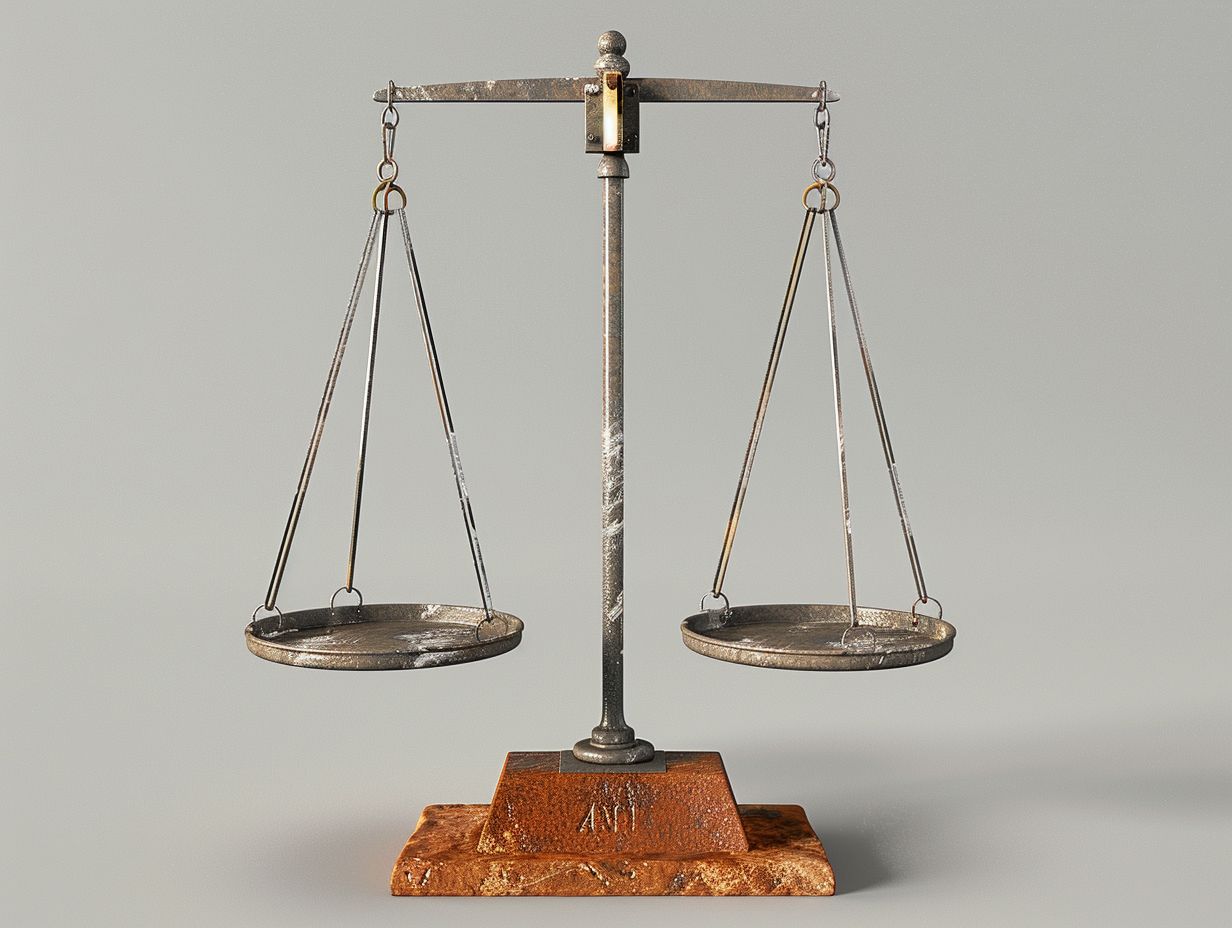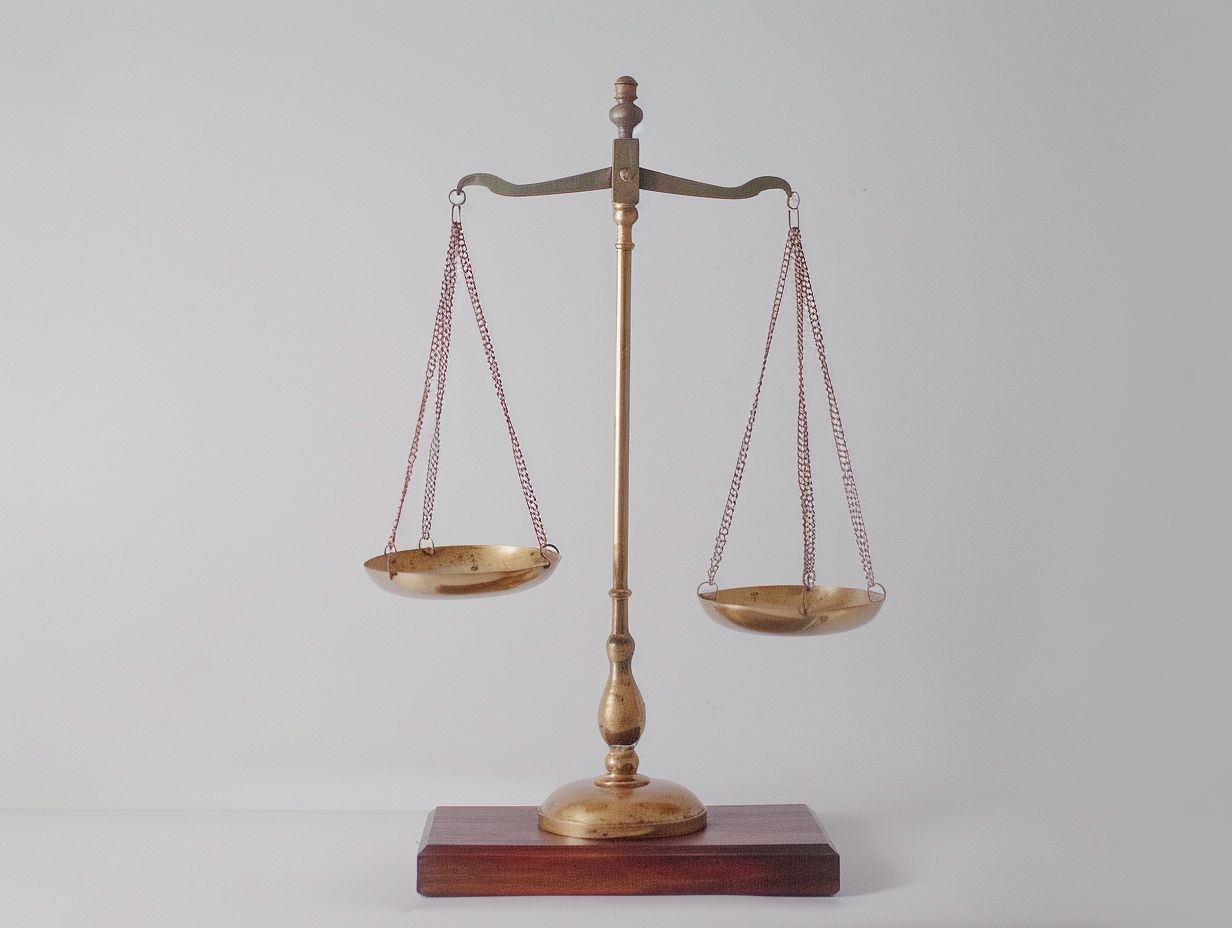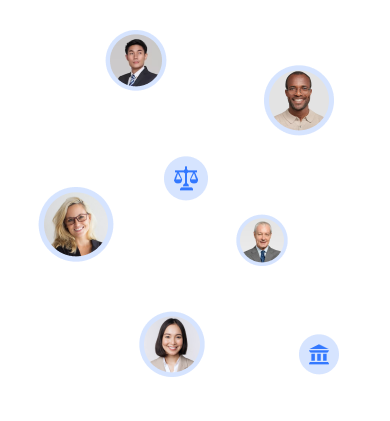In Florida personal injury cases, the concept of comparative fault plays a crucial role in determining the outcome of a claim.
We will explore the two types of comparative fault – pure and modified – and discuss the benefits and challenges it presents in personal injury cases.
Learn how an experienced attorney can assist in navigating the complexities of cases involving comparative fault.
What is Comparative Fault in Florida Personal Injury Cases?
In Florida personal injury cases, comparative fault is a legal doctrine that allocates the percentage of fault among multiple parties involved in an accident, including the plaintiff and the defendant. It determines how responsibility and damages are distributed based on the degree of negligence each party exhibits.
This concept has deep roots in the historic evolution of tort law, aiming to provide a fair and equitable framework for assigning liability.
Florida follows a pure comparative fault system, which means that even if the plaintiff is found to be partially at fault for an accident, they can still recover damages, reduced by their percentage of fault. This approach contrasts with contributory negligence systems that bar recovery if the plaintiff is even slightly at fault.
Key statutes in Florida, such as Section 768.81 of the Florida Statutes, outline the rules and procedures governing comparative fault in personal injury cases.
How Does Comparative Fault Affect Personal Injury Cases in Florida?
Comparative fault plays a significant role in personal injury cases in Florida by affecting the amount of damages that a plaintiff can recover, depending on their percentage of fault as determined by the jury.
What is Pure Comparative Fault?
Pure comparative fault allows a plaintiff to recover damages even if they are 99% at fault, although their recovery is reduced by their percentage of fault.
This principle is used in determining the amount of compensation that a plaintiff can receive in a negligence case. The plaintiff’s recovery is directly proportionate to their level of fault in the incident. For example, if a plaintiff is deemed 30% responsible for a car accident, their compensation will be reduced by 30%. This system enables courts to assign degrees of fault accurately, ensuring fairness in awarding damages.
Pure comparative fault is especially significant in cases where multiple parties share responsibility for an accident, as it allows each party to be held accountable based on their respective level of fault.
What is Modified Comparative Fault?
Under modified comparative fault, a plaintiff can only recover damages if their fault is less than 50%, and the recovery is adjusted according to their degree of fault.
This system places a significant limitation on the plaintiff’s ability to recover damages, as even if they are found to be 49% at fault, their recovery would be reduced by 49%. In contrast, pure comparative fault allows a plaintiff to recover damages even if they are 99% at fault, with the amount of recovery reduced by the percentage of their fault.
For example, in a car accident case where the plaintiff is deemed 30% at fault and the damages are $100,000, under modified comparative fault, they would only receive $70,000 in damages.
What Are the Benefits of Comparative Fault in Personal Injury Cases?
Comparative fault offers several advantages in personal injury cases, such as:
- increased fairness in establishing fault,
- lowering excessive awards for damages, and
- encouraging settlements between the involved parties.
1. Fairness in Determining Fault
One of the key benefits of comparative fault is its role in promoting fairness by allowing the jury to distribute fault proportionately among all parties involved. This approach ensures that each party is accountable for their respective level of responsibility in causing the injury, rather than placing full liability on one party alone.
By evaluating the actions or negligence of each party, comparative fault aims to achieve a more equitable outcome in personal injury cases.
The determination of fault entails a comprehensive review of evidence, testimony, and expert opinions to establish the degree of fault assigned to each party, in accordance with specific legal standards and guidelines. This process enhances transparency and accuracy in assigning liability, ultimately resulting in fairer and more just outcomes for all parties concerned.
2. Reduction in Damages Awarded
Comparative fault plays a role in personal injury cases by adjusting the plaintiff’s compensation depending on their level of fault, ultimately reducing the total damages awarded.
This concept becomes crucial in scenarios involving multiple parties contributing to the injury. Through assessing each party’s degree of fault, comparative fault helps ensure a more equitable allocation of responsibility.
For example, if a pedestrian gets hit by a car while jaywalking, the damages can be adjusted to reflect the pedestrian’s negligence. This approach not only affects plaintiffs by potentially lowering their compensation but also offers defendants some protection by preventing them from bearing unfair levels of liability.
3. Encourages Settlements
The comparative fault system facilitates settlements by offering a structured approach to discussing fault and damages, aiding in the avoidance of extended litigation. This system permits each party in a legal dispute to evaluate the degree of fault assigned to them and comprehend its implications on potential damage awards.
Through recognizing mutual responsibility, individuals can participate in productive discussions emphasizing fair resolutions over adversarial results. For example, in a scenario like a car accident where both drivers share some fault, the application of comparative fault principles enables them to establish an equitable allocation of liability and come to an agreement without the need for a prolonged court dispute.
What Are the Challenges of Using Comparative Fault in Personal Injury Cases?
Although comparative fault provides several advantages, it also poses challenges in personal injury cases, including challenges in establishing fault, the potential for unfair outcomes, and intricate legal procedures.
1. Difficulty in Proving Fault
One of the challenges of comparative fault is the difficulty plaintiffs encounter in proving the precise degree of fault of each party involved in the accident. To address this challenge, plaintiffs often utilize expert testimony to establish the extent of negligence or wrongdoing on the part of the defendant.
Expert witnesses, such as accident reconstruction specialists or medical professionals, can offer valuable insights and analyses based on their specialized knowledge and experience.
Forensic evidence, like skid marks, vehicle damage assessments, or medical reports, can play a critical role in determining fault allocation. By presenting a strong case supported by expert testimony and forensic evidence, plaintiffs can effectively navigate the complexities of proving fault in comparative fault cases.
2. Potential for Unfair Outcomes
In cases of comparative fault, unfair outcomes can arise, especially if the jury’s distribution of fault is perceived as biased or inaccurate. When multiple parties are involved, determining each party’s level of responsibility can be complex.
Unjust outcomes may occur if one party is unfairly burdened with a disproportionately high share of fault. For instance, if a driver is deemed partially responsible for an accident but the jury assigns them 80% of the blame while the other party gets only 20%, feelings of unfairness and discontent with the legal process may emerge.
3. Complex Legal Processes
The legal processes in comparative fault cases are intricate and demand a thorough comprehension of the law to navigate effectively. Understanding how to file claims accurately is crucial in these scenarios, as any mistakes could potentially impact the chances of a successful outcome.
Court proceedings usually involve detailed documentation and presentation of evidence to establish liability and determine the level of fault of each party involved. It is highly recommended to seek legal representation to ensure that your rights are safeguarded and that you receive fair compensation.
A competent attorney can assist you in understanding the nuances of the legal system, represent you effectively, and help you navigate the complexities of comparative fault cases.
How Can an Attorney Help in Cases Involving Comparative Fault?
A lawyer fulfills an important function in cases involving comparative fault by collecting evidence to establish fault, engaging in negotiations with insurance companies, and representing the client in court to secure a just outcome.
1. Gathering Evidence to Prove Fault
Attorneys gather critical evidence to establish fault in cases involving comparative fault. This evidence includes witness testimony, accident reports, and expert analysis.
Witness testimony plays a key role in providing firsthand perspectives on the incident, helping to determine liability. Additionally, accident reports from law enforcement agencies serve as important official records of the event.
Attorneys often enlist the expertise of professionals like accident reconstruction specialists to offer a scientific breakdown of the accident’s contributing factors. This evidence is crucial in proving liability and influencing the case’s outcome.
Attorneys utilize various strategies to collect, organize, and present this evidence effectively during legal proceedings. They leverage this evidence to bolster their arguments and support their client’s position.
2. Negotiating with Insurance Companies
Attorneys engage in negotiations with insurance companies on behalf of their clients to achieve equitable settlements that accurately reflect the level of comparative fault. Negotiation tactics are pivotal in these discussions, as attorneys strategically present evidence and arguments to support their client’s claim.
Insurance companies frequently utilize strategies to minimize payouts, such as offering low initial settlement amounts or contesting liability. This presents challenges for attorneys who must navigate these tactics while advocating for their client’s best interests.
Legal representation can offer a range of advantages, including expertise in the law, experience in negotiating with insurance companies, and a comprehensive understanding of how to optimize compensation for their clients.
3. Representing in Court
In trial cases, attorneys act as representatives for their clients in court, presenting evidence and arguments to ensure accurate assessment of comparative fault and the attainment of a fair verdict. They have a crucial role in trial preparation, where they meticulously gather evidence, analyze legal strategy, and refine their arguments.
Throughout the trial, attorneys adeptly present the evidence before the judge and jury with the goal of persuading them of their client’s position. Cross-examining witnesses is a significant aspect where attorneys question the credibility and accuracy of opposing testimony.
Effective legal representation in comparative fault cases necessitates a profound understanding of relevant laws and precedents, strategic thinking, and the ability to adapt in dynamic courtroom settings.
Frequently Asked Questions
What is comparative fault in Florida personal injury cases?
Comparative fault is a legal concept that is used in Florida personal injury cases to determine the degree of fault of each party involved in an accident or injury. It allows a court to assign a percentage of fault to each party, and the compensation awarded to the injured party is reduced by their assigned percentage of fault.
How does comparative fault impact personal injury cases in Florida?
The impact of comparative fault in Florida personal injury cases is significant, as it can greatly affect the amount of compensation that an injured party receives. If the injured party is found to be partially at fault for their own injuries, their compensation may be reduced accordingly.
What is the difference between pure comparative fault and modified comparative fault?
In Florida, there are two types of comparative fault systems: pure and modified. In pure comparative fault, the injured party can still receive compensation even if they are found to be 99% responsible for their injuries. In modified comparative fault, the injured party cannot receive compensation if they are found to be more than 50% responsible for their injuries.
How does comparative fault affect a personal injury case involving multiple parties?
In cases where there are multiple parties involved in an accident or injury, comparative fault allows a court to assign a percentage of fault to each party. This means that each party may be responsible for paying a portion of the compensation awarded to the injured party, based on their assigned percentage of fault.
Can comparative fault be used as a defense in a Florida personal injury case?
Yes, comparative fault can be used as a defense in a Florida personal injury case. If the defendant can prove that the injured party was partially at fault for their own injuries, it may reduce the amount of compensation that they are required to pay.
How can I prove that the other party was more at fault in my personal injury case?
In order to prove that the other party was more at fault in your personal injury case, you will need to gather evidence such as witness testimony, police reports, and medical records. It is also important to work with an experienced personal injury lawyer who can help build a strong case on your behalf.



























Rate this article:
No Comments yet!